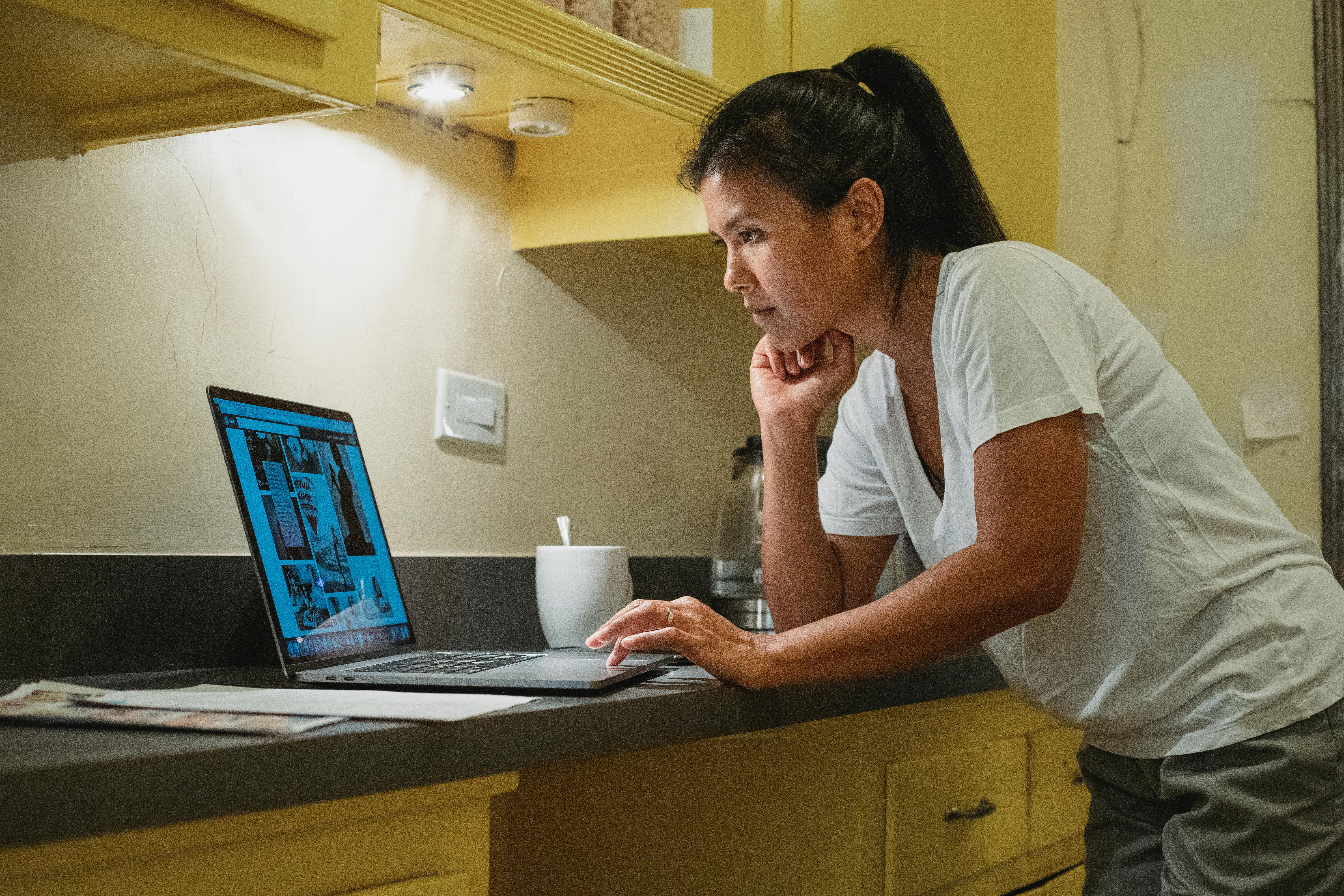EPSDT Aging – Part III: Loss of Coverage
In Part I in this series, we discussed the state of Medicaid and the EPSDT — the Early and Periodic Screening, Diagnosis, and Treatment benefit — which covers most American children with disabilities from birth until 19 (21 in some states) years of age. Since 1989, EPSDT has required each state in the Union to provide each child with “all medically necessary services” that were available under the federal government’s Medicaid program, even if that state did not offer that service to adults. This coverage is broad enough to dwarf most private insurance.
What is ‘Medically Necessary’?
One important difference is that most states adopt a definition of “medically necessary” that only includes those services that “improve or eliminate a condition,” at least for adults. But the EPSDT definition includes services that “correct or ameliorate defects and physical and mental diseases and conditions.” It may not sound like a huge difference, but it is huge.
This is because ‘correct or improve’ includes services that stabilize someone who is medically unstable (ie, vital signs are not consistently within the defined safe range). So if he is 20 years and 262 days old and his epilepsy lands him in the hospital because he hurt himself badly, EPSDT kicks in and all the services needed to stabilize him are paid for. If you’re 21 at seven hours when you land in the hospital, that (usually pretty massive) bill is sent to your parents’ insurance, and all of a sudden, significant copays and deductions apply.
Similarly, ‘correct or improve’ includes services that maintain function in someone that would not normally function without specific ongoing intervention. (Maintenance is not ‘improve or remove’). By far the most common example is ADHD medication, which is covered under EPSDT up to age 21 and thereafter, depending on your precise prescription, the cost can go up to $300 per month with no assistance available regardless of your tier from income.
A state of exposure
States have fairly wide discretion when it comes to designing the benefit packages they offer to adults enrolled in Medicaid. They are required to provide coverage for a specific list of services, including (but not limited to):
• The Early and Periodic Screening, Diagnosis and Treatment (EPSDT) program,
• Inpatient and outpatient hospital care,
• Medical services,
• Use of the Health Center, Rural Health Clinic and Nursing Home,
• Services of Nurse Midwife, Certified Pediatric and Family Care Nurse and Independent Maternity Center,
• Use of laboratory and X-rays, and
• Transportation services (only for medical reasons).
This means they are not required to provide Medicaid programs that cover:
• Prescription drugs,
• Clinical services (ie any non-hospital medical facility),
• Therapy services, including physical, occupational, behavioral, etc.
• Dental, vision, speech, hearing and language services,
• Respiratory care,
• Podiatry,
• Prosthetics, and
• Private duty nursing services.
As you can see, if you’re an adult with Medicaid, you may be very well cared for if you live in the right state…or you may be almost completely without coverage for the services you use most, even if your state agreed to Medicaid expansion. . Remember in the first post in the series we mentioned that the majority of children using EPSDT used it for developmental, mental, or emotional disabilities? Do you notice that they all fall under the “optional” services under this heading? We’ll talk about what this means in more detail in the next post.

